Mastering Early Math Skills: Number Tracing 1-20
Engaging in number tracing 1-20 enhances a child’s foundational math skills and promotes fine motor skill development. In the exciting journey of early childhood education, mastering fundamental math skills lays the foundation for a lifetime of mathematical success. Among the initial steps in this mathematical adventure is the process of number tracing, a simple yet powerful exercise that introduces children to the world of numbers. In this blog post, we’ll delve into the significance of number tracing, focusing specifically on the range from 1 to 20.

Understanding the Basics:
Tracing the numbers serves as a crucial early math activity that aids in developing fine motor skills, hand-eye coordination, and a basic understanding of numerical concepts. As children embark on the journey of tracing numbers 1 to 20, they not only enhance their physical dexterity but also build a solid foundation for future mathematical concepts.
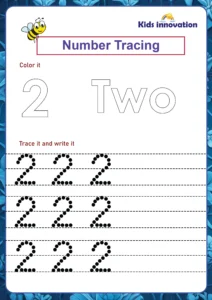
The Magic of Number Tracing 1-20:
Counting Mastery: Tracing the numbers from 1 to 20 provides children with a tangible way to associate the written symbol with the concept of quantity. As they trace each numeral, they simultaneously count, reinforcing the fundamental connection between the symbol and the actual quantity.
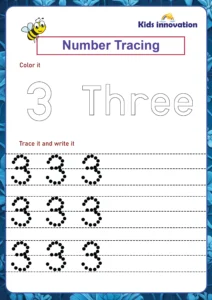
Fine Motor Skill Development: The intricate movements required for tracing each number promote the development of fine motor skills. This is essential for a child’s overall growth, as it sets the stage for more advanced tasks such as writing, drawing, and other hands-on activities.

Visual Recognition: Consistent exposure to number tracing aids in the development of visual recognition skills. Children learn to distinguish between different numerals, laying the groundwork for more complex numerical relationships as they progress in their education.
Confidence Building: Successfully tracing numbers 1 to 20 instills a sense of accomplishment in young learners. This positive reinforcement boosts their confidence and enthusiasm for learning, fostering a positive attitude towards mathematics.
Some Letter Tracing Activities Worksheets sample from overall Guides
Tips for Effective Number Tracing Activities:

Engaging Materials: Utilize colorful and engaging materials for number tracing activities. Crayons, markers, or even finger painting can add an element of fun to the learning process.
Repetition is Key: Repetition is a powerful tool in early education. Encourage regular practice of number tracing to reinforce learning and promote mastery.
Incorporate Multisensory Techniques: Make learning more interactive by incorporating multisensory techniques. For example, use textured surfaces for tracing or engage in activities that involve both touch and sight.
Celebrate Milestones: Celebrate small achievements to motivate and encourage children in their learning journey. Positive reinforcement plays a significant role in building a love for learning.

Number Tracing Practice:
Practicing number tracing is essential for several reasons, primarily contributing to a child’s overall development and academic success. Firstly, it aids in the development of fine motor skills, as the controlled movements required for tracing each digit contribute to hand-eye coordination and precision. Secondly, tracing the numbers serves as a tangible introduction to numerical concepts, helping children associate the written symbols with the corresponding quantities. This early exposure lays the groundwork for more advanced mathematical skills.
Moreover, consistent practice in tracing the numbers reinforces visual recognition, allowing children to distinguish between different numerals. This skill is crucial for future academic endeavors and everyday tasks. Additionally, the repetitive nature of number tracing enhances memory retention, facilitating a quicker grasp of numerical sequences.


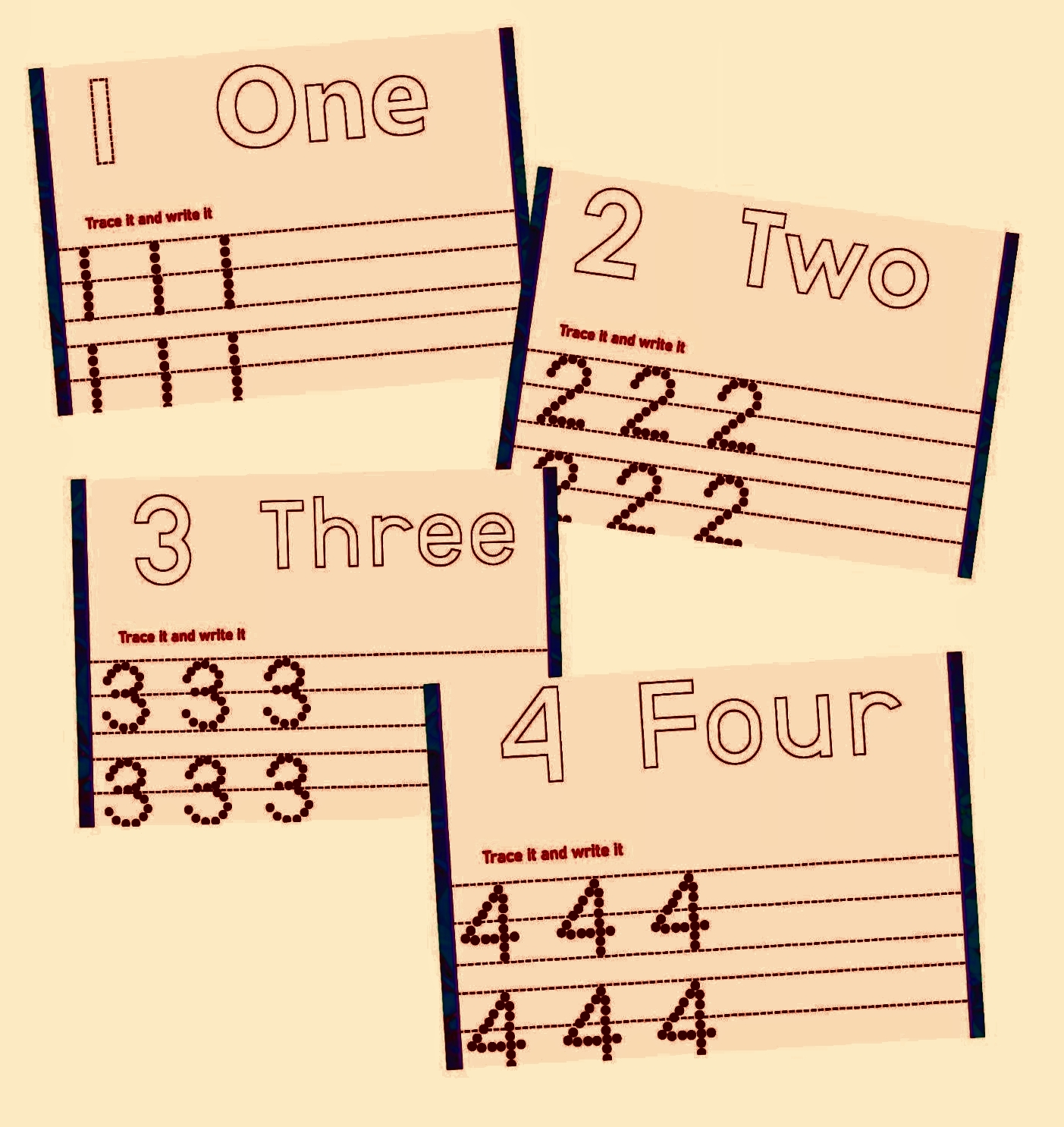


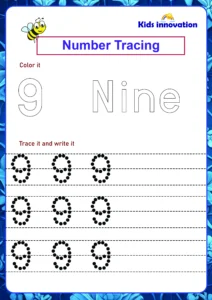

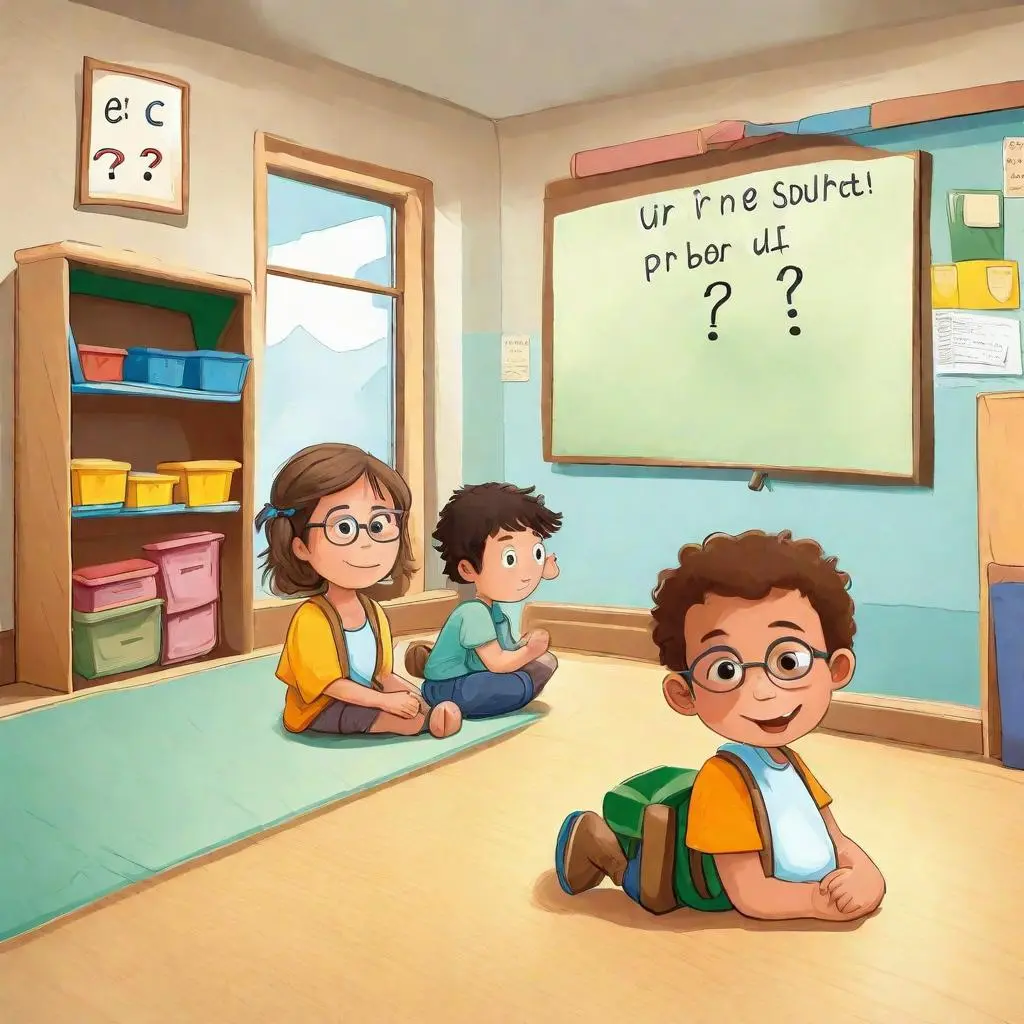






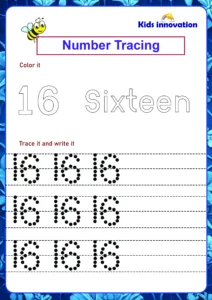



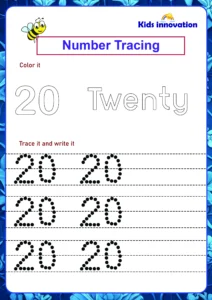
I loved you even more than you’ll say here. The picture is nice and your writing is stylish, but you read it quickly. I think you should give it another chance soon. I’ll likely do that again and again if you keep this walk safe.